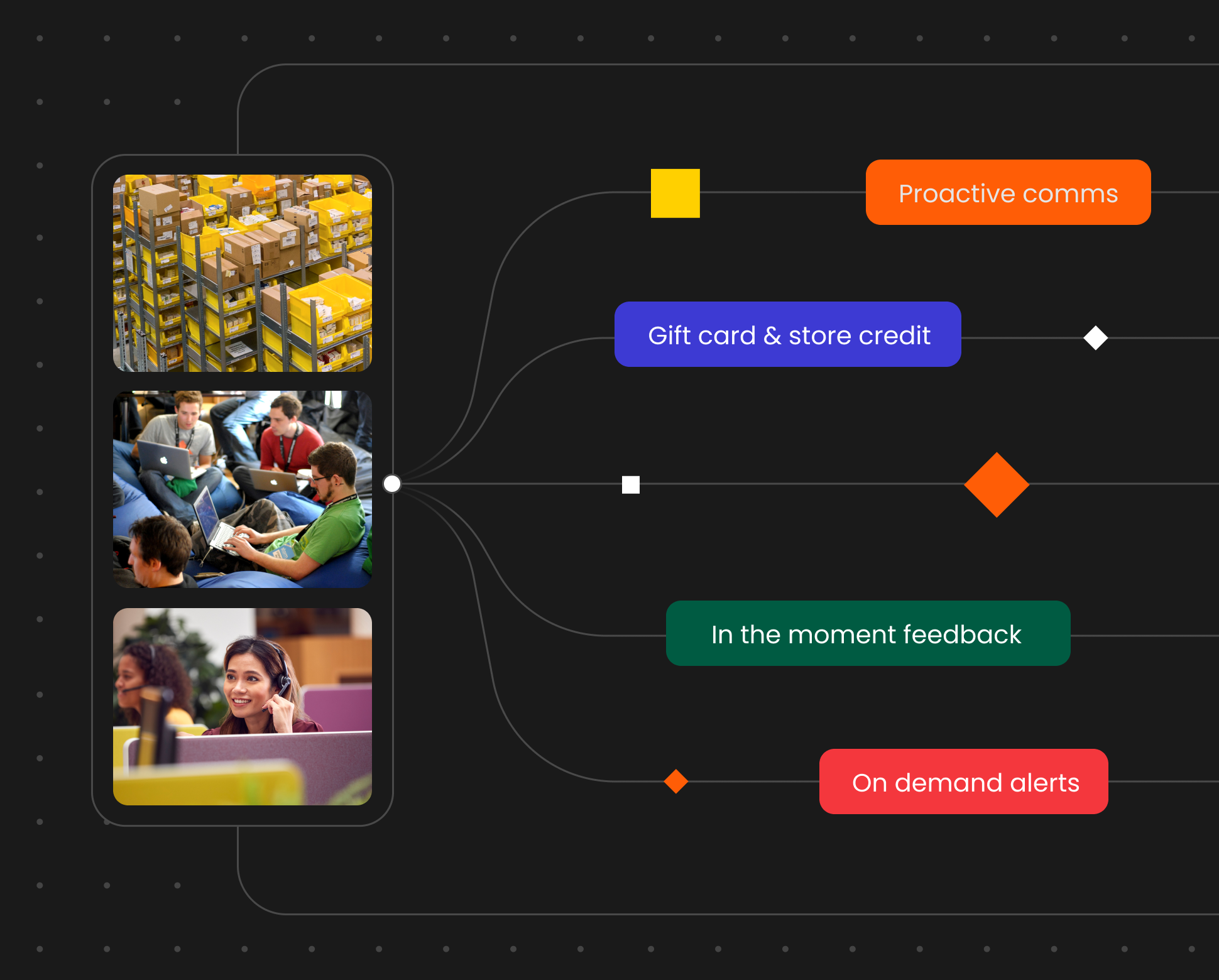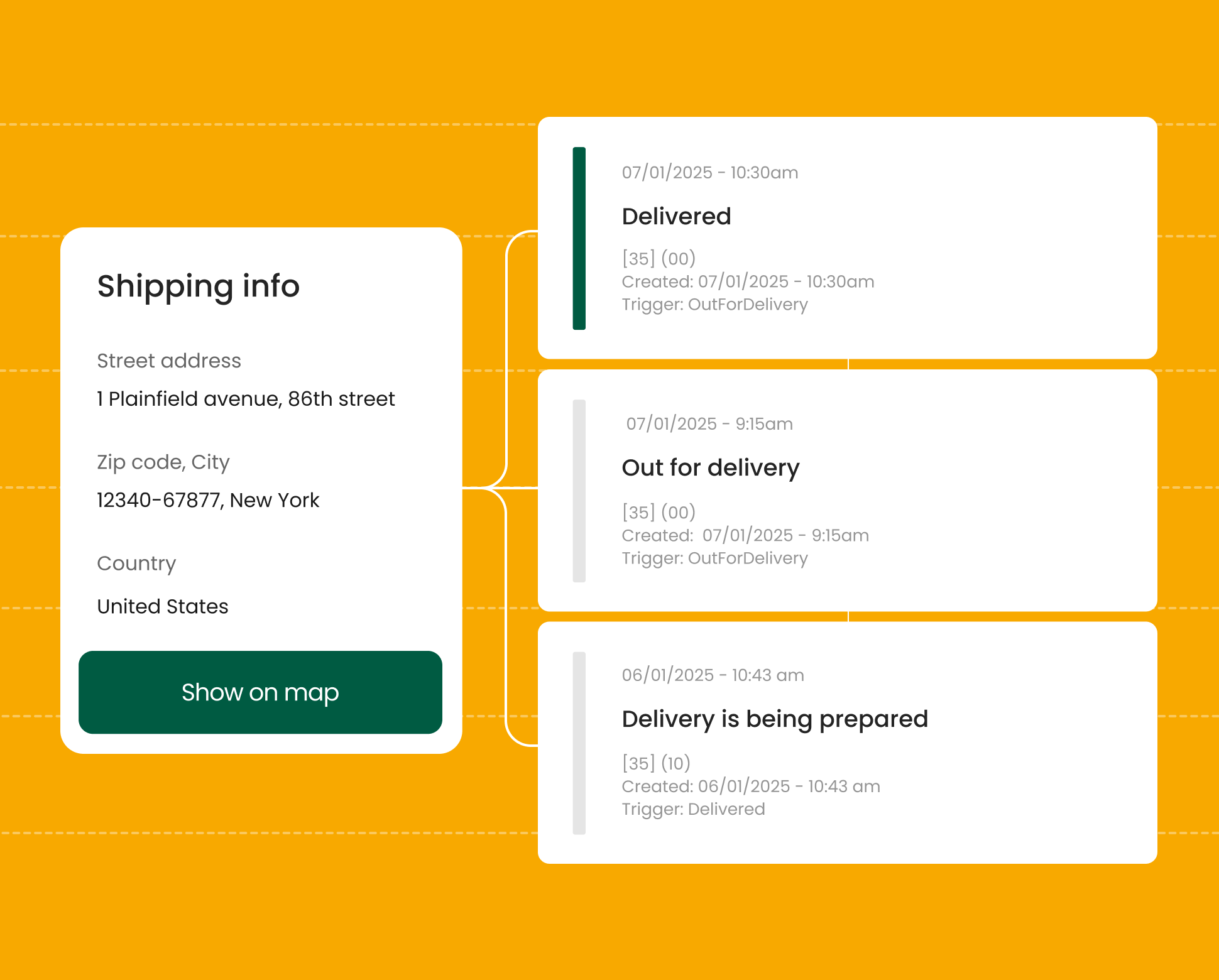Effective Ecommerce Remarketing Strategies for Success
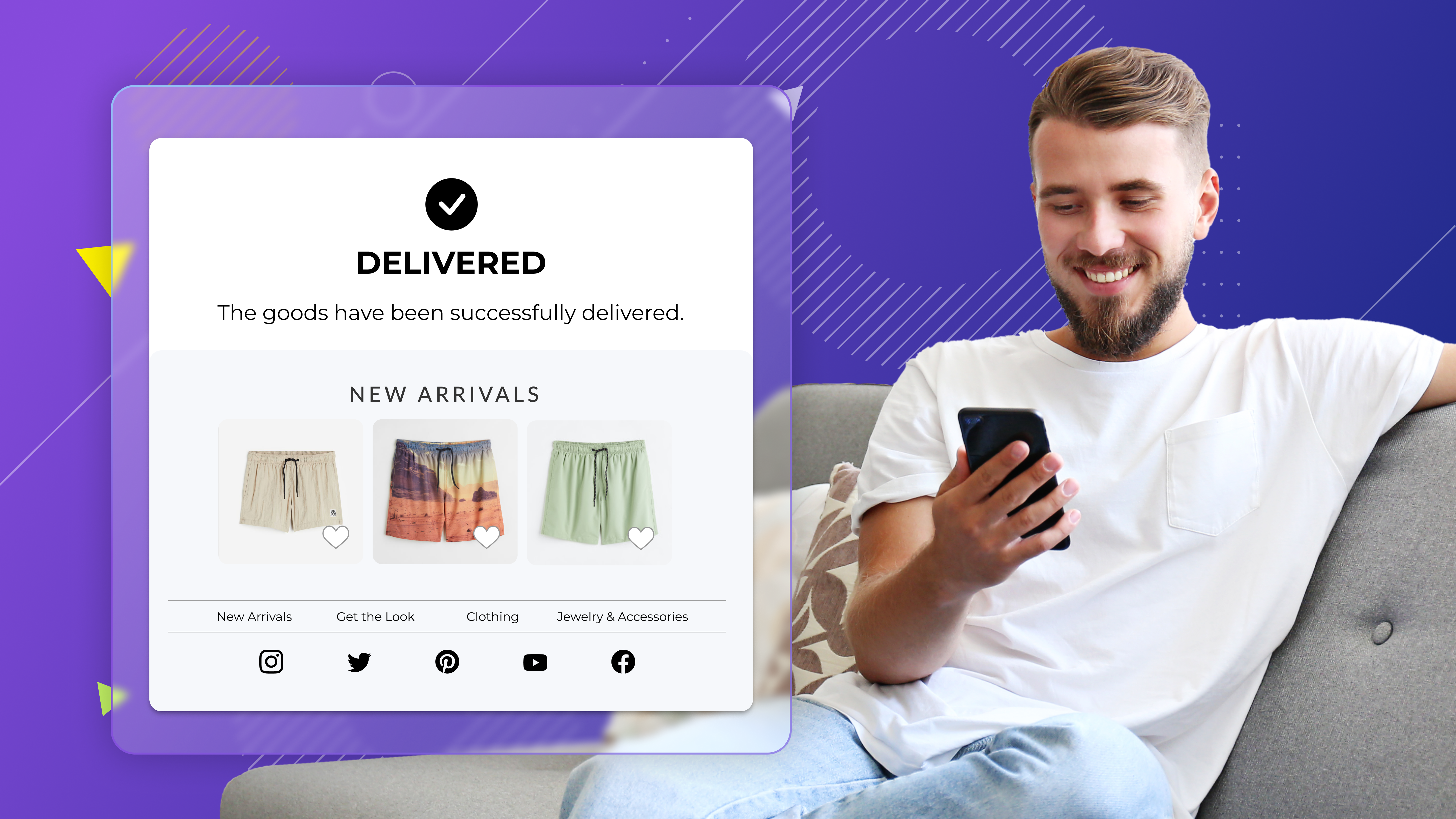
Contents
Did you know that less than 3% of customers make a purchase from a website on their first visit? Clearly, ecommerce brands are losing out on 97% of potential conversion opportunities that they garner through marketing.
What’s more, even if you can persuade your online store visitors to add products to their shopping carts, chances are about 70% of them will abandon them. What if you could lure some of these lost customers back to your ecommerce store, long after they have left, and into the sales funnel? This is exactly where remarketing comes in.
In this article, we’ll explore the importance of remarketing in ecommerce and discuss some useful remarketing strategies you can leverage to boost sales and conversions.
Let’s get started.
What is remarketing in ecommerce?
Ecommerce remarketing strategies are certain marketing tactics that ecommerce brands use to target shoppers who have already visited their online stores. This includes visitors who have taken further action and made purchases from your store as well as those who haven’t interacted with your website in a meaningful way.
Remarketing aims to attract potential customers who are already aware of your brand or products. With remarketing, you can get existing customers to re-engage and continue shopping at your store and also entice those who simply browsed through and left. When done right, remarketing strategies can help you upsell or cross-sell to your existing customers.
Remarketing vs retargeting: What’s the difference?
| Retargeting | Remarketing |
|---|---|
| Aims to convert prospects into paying customers | Engages existing or previous customers |
| Typically implemented via Google, Facebook, or Instagram ads | Uses email marketing (and text messaging) to re-engage past customers |
Although the terms remarketing and retargeting are often used interchangeably, there is some difference between the two.
Remarketing primarily uses email marketing (and text messaging) to re-engage past customers with the objective of upselling or cross-selling to increase the customer lifetime value (LTV), stay top of mind, or remind them to act based on their past behavior.
For example, the following email from online gifting company Loop & Tie encourages its customers to make purchases on the occasion of Teacher Appreciation Week. It also includes a promo code to incentivize customers to take action.
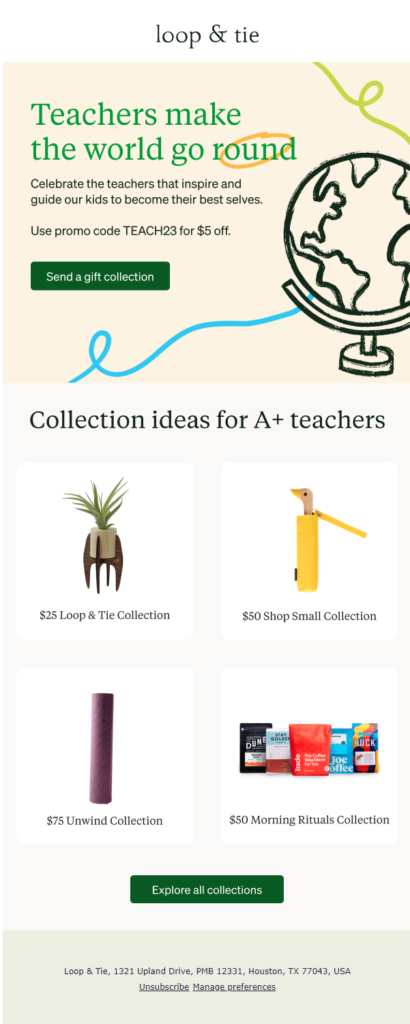
Retargeting, on the other hand, aims to convert prospects (people who have interacted with your brand—visited your online store, browsed your products, watched a social media video, etc.—but exited before making a purchase) into paying customers using Google, Facebook, or Instagram ads.
For example, a person planning a holiday in the Maldives may have searched for hotels online but didn’t make a purchase. Later, when he scrolls through Facebook or Instagram, Hilton might serve him ads like these.
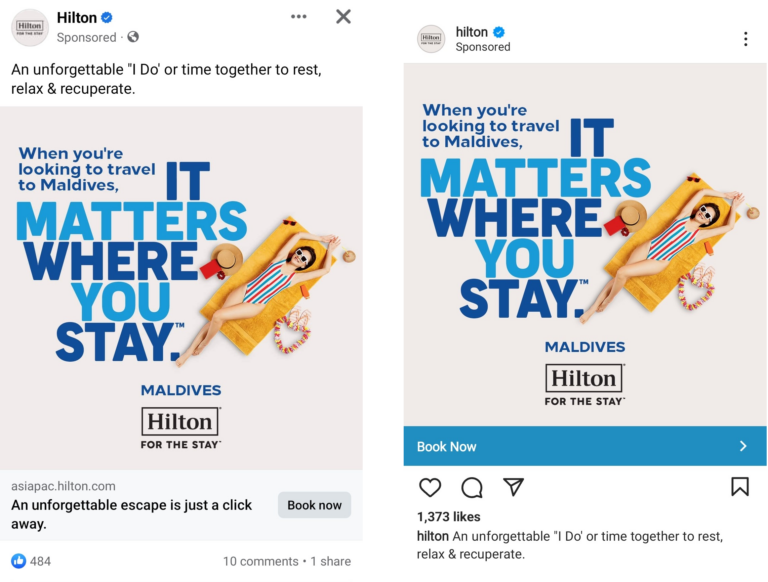
Remarketing campaigns and their impact on revenue
Remarketing allows you to focus on prospects or customers who have displayed an interest in your products (or services) with personalized messages or offers.
Research from Google shows that having a personalized experience with a business is important to 66% of consumers. What’s more, 49% of shoppers believe their purchase experience may improve if brands offer deals based on their purchase history. By keeping your brand and products at the forefront of customers’ minds, remarketing strategies can improve your conversion rates and ultimately drive more sales.
As such, remarketing strategies like sending targeted cart abandonment emails can remind customers about their abandoned carts and entice them to return and complete the purchase. This can help you recover lost revenue and improve overall sales.
In the ecommerce industry, returning shoppers are known to contribute to 1/3 of total revenue and even spend 3x greater than one-time customers on average. Remarketing strategies like personalized product recommendations, offers, or loyalty rewards can help businesses keep their existing customer base engaged and encourage repeat purchases that contribute to overall revenue growth.
The online tire trader Tirendo leveraged the remarketing lists from their Google search ads and was able to increase its conversion rates by 161% and reduce its costs per order (CPO) by 43% compared to its normal SEM campaigns. The company also recorded a 22% increase in sales using this strategy.
What is dynamic ecommerce remarketing?
Dynamic ecommerce remarketing is a strategy whereby your ads are automatically tailored according to the products your prospects have previously interacted with. You can use these ads to remind them of these products and, possibly, re-spark their interest so they complete the purchase.
For example, H&M would serve the following Facebook ad to a user who has been looking for women’s summer dresses at their online store—but left before making a purchase. The ad includes a number of recommendations for the user; clicking on any of these will take them directly to the particular product page on H&M’s website.
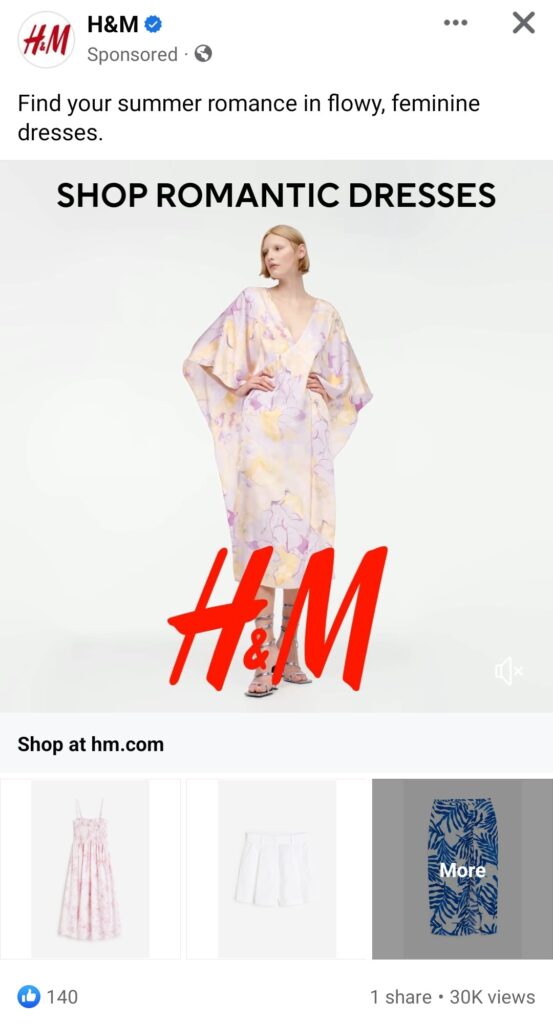
Benefits of dynamic ecommerce remarketing
Ultimately, the purpose of dynamic ecommerce remarketing is to leverage product and customer info to showcase the right products to the right audience at the right time in order to maximize conversions. Its most notable benefits include:
- It’s more efficient. Compared to other types of remarketing campaigns, dynamic remarketing has a lower cost-per-click. They are more personal so customers are more likely to click and interact with these ads.
- It re-ignites previous interactions. With dynamic remarketing, you can pick up the relationship with a customer from where they left off the last time. There could be various reasons why customers abandoned their cart or hesitated to buy a product they were interested in. Maybe the price wasn’t right for them at the time or they wanted to mull over their decision to buy some more.
- It reduces distractions. Sometimes consumers abandon their shopping carts due to distractions and forget about the purchase when they come back. With dynamic remarketing ads, a customer will land squarely on the exact product page that they were interested in. They don’t need to navigate through multiple web pages to find what they were looking for. The chances of them getting distracted by other products are minimized as well.
With dynamic remarketing via Facebook Ads, AliDropship was able to generate sales worth $467 in just two days and with a spend of $18.
Ecommerce remarketing automation
Of course, the simplest way to kick off and manage your remarketing campaigns is to automate them. Effective ecommerce remarketing requires collecting and analyzing customer data related to their behavior and purchase history on ecommerce platforms.
As such, remarketing tools can help you run automated remarketing email campaigns, record and analyze web traffic data to your store, and integrate your remarketing campaigns with other tools. Some popular tools for automating your remarketing campaigns are listed below.
Google Ads
Google Ads offers a remarketing component and a wealth of knowledge for new businesses and marketers. You can set up a remarketing tag on your Google Ads account and add your store or app visitors to remarketing lists. With Google Ads Remarketing, you can run campaigns across all Google devices.
Facebook Ads
You can target consumers with your remarketing ads on Facebook in one of two ways: by uploading your remarketing list or installing the Facebook Pixel on your website (or the Facebook SDK on your mobile app). You can then create Custom Audiences using this data to specify the users you want to target based on various factors such as buying patterns, age, region, etc.
Mailchimp
Email marketing tools like Mailchimp can help you automate your remarketing campaigns so you can send emails to customers about products they clicked on, or added to their wishlist, or cart. You can also send them reminders to restock or replenish items they may be about to run out of soon.
Mailchimp is easy to use and is free for up to 2000 contacts. You can customize emails based on customer data and trigger automated emails to your contact list with this tool.
parcelLab
You can also use parcelLab’s Engage product suite for your remarketing. With parcelLab, not only can you share timely and relevant information to customers about their order and delivery statuses but also share personalized product recommendations based on their purchase history.
Here’s how fashion retailer elevates the post-purchase experience and remarkets to its existing customers.
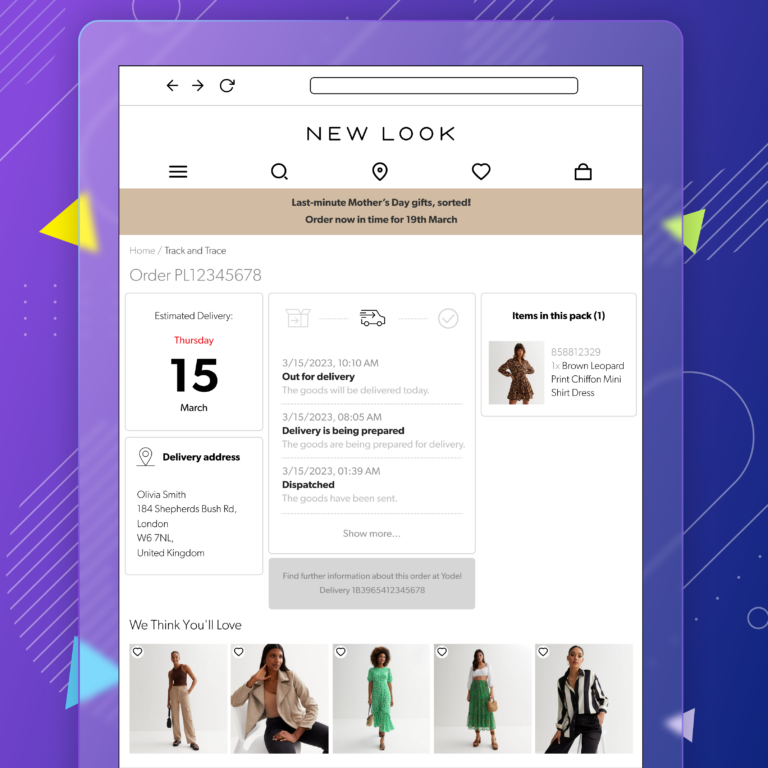
Optimizing existing remarketing strategies
If you already have ecommerce remarketing strategies in place, follow these tips to make them even more impactful.
- Revisit your customer segments. Even if customers spend time browsing your entire store or multiple product categories, typically they want to buy just one or two products. Ads that promote your range of TVs may not interest a customer looking to buy a phone even if they have skimmed your TV category page. Use data to identify what customers are most interested in and categorize them accordingly, so your ads are properly targeted.
- Target various channels. Your ecommerce remarketing should include a good mix of display ads, social media ads, banner ads, videos, remarketing emails, etc. so that you can reach as many customers as possible as often as possible.
- Leverage post-purchase communications. If you’re using post-purchase communications software to send order updates and notifications, put those messages to good use by adding remarketing initiatives, such as product recommendations and upsells.
Behavioral targeting strategy
Behavioral targeting is similar to remarketing but it focuses more on customer behavior signals. Where remarketing may stop at using cookies to capture site visit data, behavioral targeting goes a step further and takes into account data such as time spent on certain web pages, number of visits, browsing patterns, etc. of individual customers.
Behavior targeting involves placing ads on a webpage that are relevant to a customer’s behavior rather than what is displayed on the rest of the page. Obviously, this allows brands to create highly customized ads that have the potential to improve customer engagement, increase customer loyalty, and increase conversion rates, thereby improving ROI as well.
Netflix is a great example of a company using behavioral targeting. Over the years, the company has improved its CineMatch algorithm to suggest content to its subscribers based on what they like watching as well as what they avoid. As of 2022, Netflix’s users admit to spending about 60 minutes daily on average on this streaming platform.
Achieving ecommerce success with remarketing
Your digital marketing campaigns may have very little chance of finding success if they are targeted randomly. With the power of data, social media, AI, and online remarketing tools at your disposal, creating marketing content like banner ads, videos, infographics, or emails that are not targeted to specific customer groups would be rather naive.
Follow the ecommerce remarketing strategies discussed above to increase repeat business and bring back casual visitors to your online store and convert them into loyal customers.

